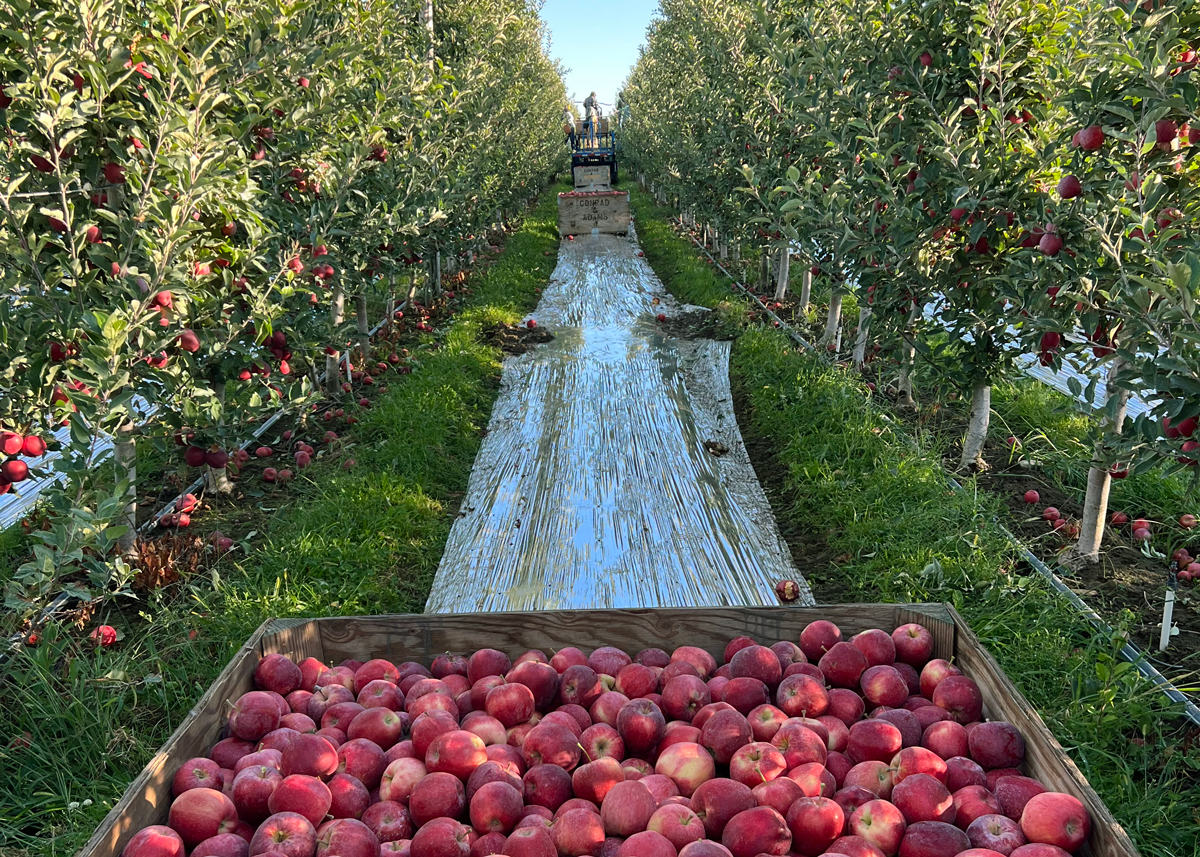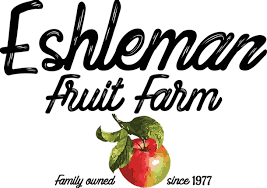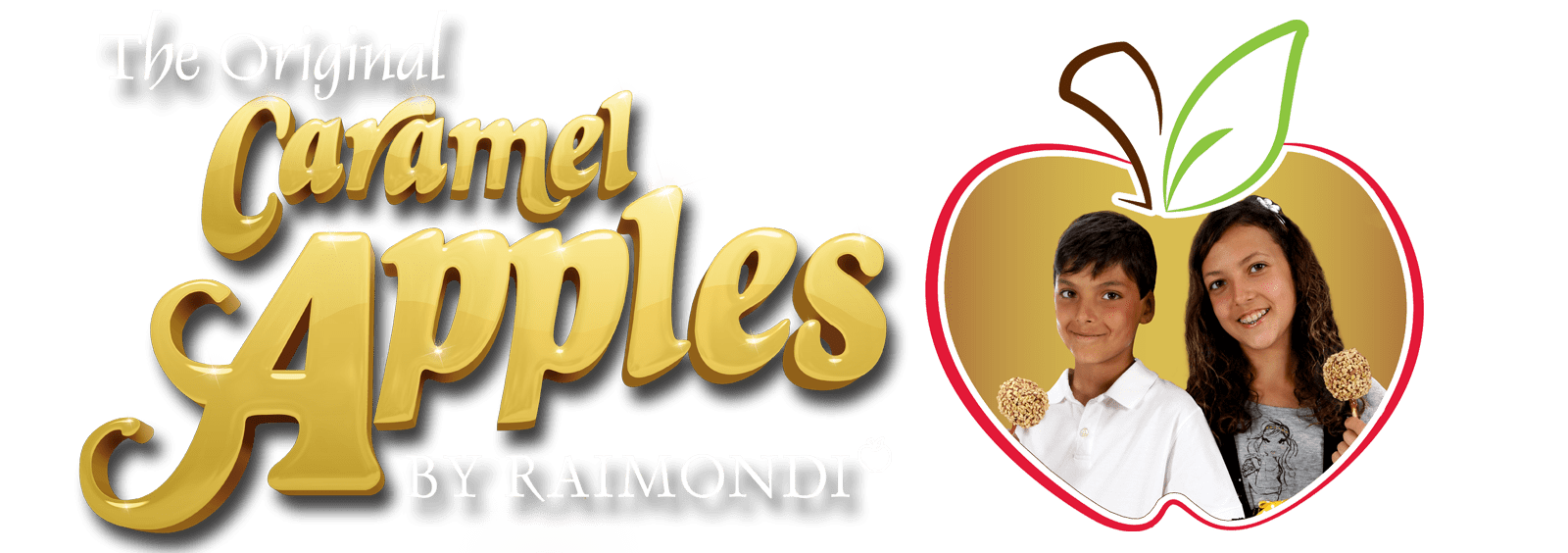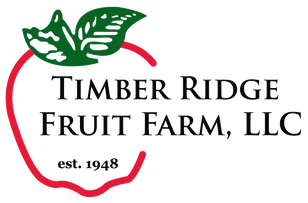It's “steady as she goes” right now for apple growers, packers and marketers, says Catherine Gipe-Stewart, director of marketing for Yakima, Wash.-based Domex Superfresh Growers. Harvest began in early August and will continue until the end of October or early November with late-season varieties.
This year's crop looks to be large, apple marketers say, with the industry buoyed by a great growing season.
“It's an exciting time of year; every day you see crews heading into different orchards to start picking, and you know that variety will soon be available for your customers,” says Kassi Orozco, sales specialist for Grandview, Wash.-based River Valley Fruit. “I always enjoy being able to say, ‘We just harvested variety X and will be packing it by the end of the week.'”
Season Outlook
Early estimates call for around 142 million boxes, which would be a record crop. But a major theme for this season is how growers will work to pick the highest quality of apples, not necessarily everything on the trees.
“From a national crop perspective, the number of fresh apples in production is greater than current demand, which puts pressure on pricing to move through the perishable product in a timely manner,” says Brianna Shales, marketing director for Wenatchee, Wash.-based Stemilt Growers. “Our estimate is that a 125 [million] to 130 million box crop is more accurate with the current demand for Washington apples.”
Gipe-Stewart estimates a 3% to 10% shrink from early crop projections to apples in the U.S. Apple Association's Dec. 1 storage report due to labor availability, weather and early freezes for later-season varieties.
Orozco says this large crop is a good opportunity for growers and pickers to harvest for quality, not quantity.
“Some growers will need to be selective, focusing on harvesting only the best fruit that will bring the right returns for their orchards,” she says.
Gipe-Stewart says this year's crop also has the potential to offer retailers many different options, noting there's large fruit but also small- and medium-sized fruit.
“The biggest takeaway is that we will have a nice range of sizes to support retail and foodservice across the board,” she says.
Orozco says a challenge for marketers is the tug and pull of promotions with a large crop, noting they might worry about falling behind and will push deals to keep product moving.
“With careful planning and collaboration, we see that risk as an opportunity — an opportunity to work together as an industry to move Washington apples efficiently and deliver the best eating experience to consumers across North America and around the world,” she says.
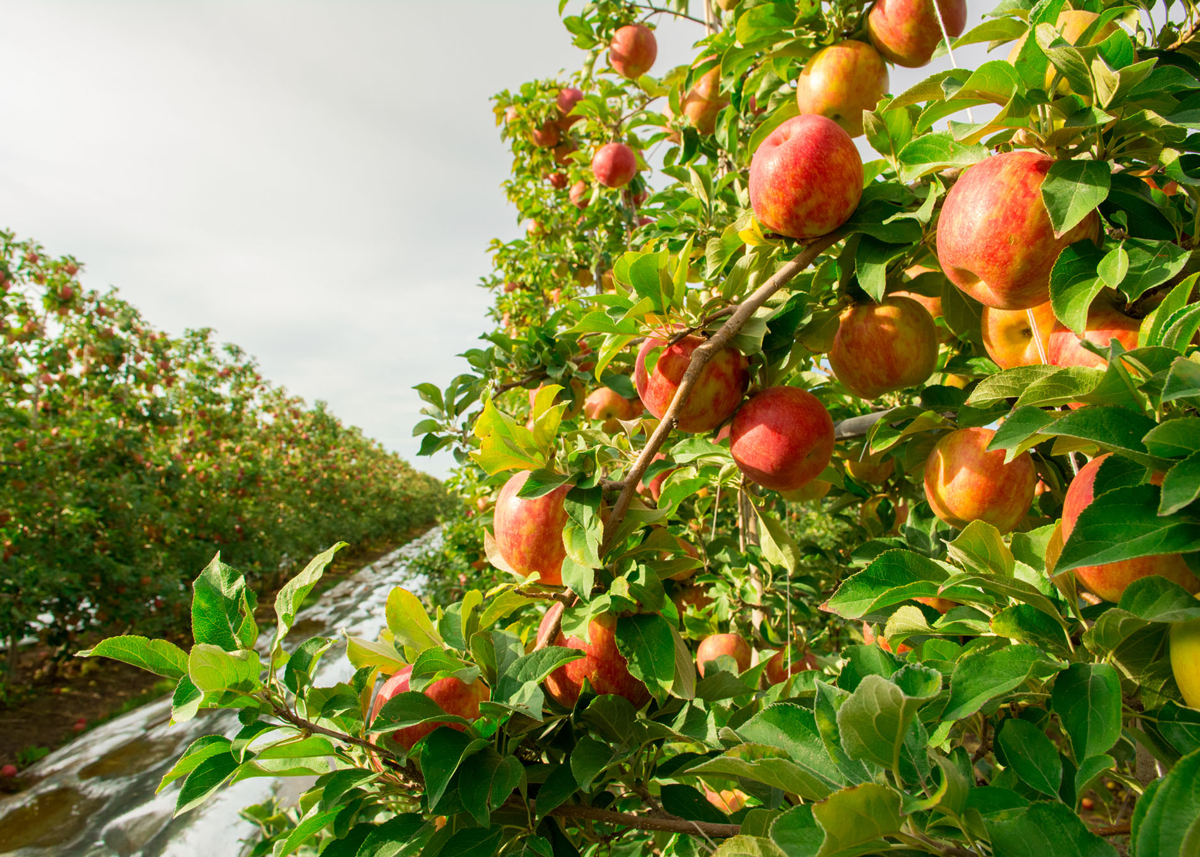
Variety Mix
Making a huge rebound this year is Honeycrisp, which had a down year during the 2024-25 season.
“Industry estimates point to a nearly 40% increase in Honeycrisp volume in 2025, with organic Honeycrisp also making a strong comeback after a challenging season,” says Kaci Komstadius, marketing manager for Wenatchee-based CMI Orchards.
Shales says she also expects granny smith to be up by 20% and fuji and gala to remain relatively flat year-over-year.
Club varieties continue to grow, with Cosmic Crisp making the biggest leaps in production.
“According to Circana data for the four weeks ending Aug. 10, 2025, Cosmic ranked as the No. 3 apple nationally,” Gipe-Stewart says. “Let that sink in: A regionally grown apple from Washington State alone has secured the No. 3 spot during a period when both imports and other domestic apples are on the market.”
Gipe-Stewart says Cosmic Crisp now accounts for 12% of the apple category, behind gala and Honeycrisp.
“Even more impressive, Cosmic has held this position throughout the entire calendar year. This consistency highlights its status as an expected, mainstream variety at retail,” she says.”
Gipe-Stewart says Autumn Glory continues to outperform other proprietary varieties in October and November thanks to its unique flavor profile.
“This season presents a strong opportunity to plan pre-Thanksgiving ads for this fall favorite,” she says. “Autumn Glory aligns perfectly with consumer interest in warm, spiced flavors during the cooler months.”
Komstadius says SugarBee will see a volume increase this year, which will now offer retailers year-round availability. CMI will also offer Envy, EverCrisp, Kiku, Kanzi, Ambrosia Gold and Jazz apples.
“From Envy's elegant sweetness to Kanzi's bold tang, these varieties provide unique merchandising opportunities and help retailers create flavor-forward promotions that resonate with shoppers,” she says.
Orozco says River Valley Fruit has been impressed with EverCrisp.
“We remain strong believers in EverCrisp. Retailer feedback has been overwhelmingly positive, reinforcing what we already know: It's a fantastic apple with a bright future,” she says. “Customer feedback on this variety has been consistently strong, and we look forward to another great season of delivering fruit that tastes as good as it looks.”
Chuck Sinks, president of sales for Elgin, Minn.-based Honeybear Brands, says Pazazz has developed strong customer loyalty in certain markets. Honeybear Brands will also offer Honeymoon, with a larger volume than the 2024-25 season, but growers continue to plant more of the variety.
“The introduction of our newly developed Honeymoon on a very limited scale has demonstrated the desire from retailers to carry a clean, yellow apple that delivers on taste,” he says.
Retailers should expect a good volume of organic apples, says Shales, and it's important that retailers fine-tune the organic mix and focus growth on varieties in good supply, such as Honeycrisp and Cosmic Crisp.
“Organic apples make up 12% of category volume and 17% of dollars with a retail price premium over conventional,” she says. “They are part of the everyday mix for most retailers, with 62% of the crop sold in bags and 37% in bulk.”
Gipe-Stewart says retailers can expect increased organic Autumn Glory apples.
Komstadius says consumers' allegiance to the organic produce category should bode well for a larger apple crop this season.
“Organic shoppers are among the most loyal in the produce aisle, often willing to adjust their shopping schedule or visit multiple retailers to find the organic options they prefer,” she says. “This loyalty, paired with expanded availability, creates an opportunity for stronger year-round sales and more impactful promotional activity.”
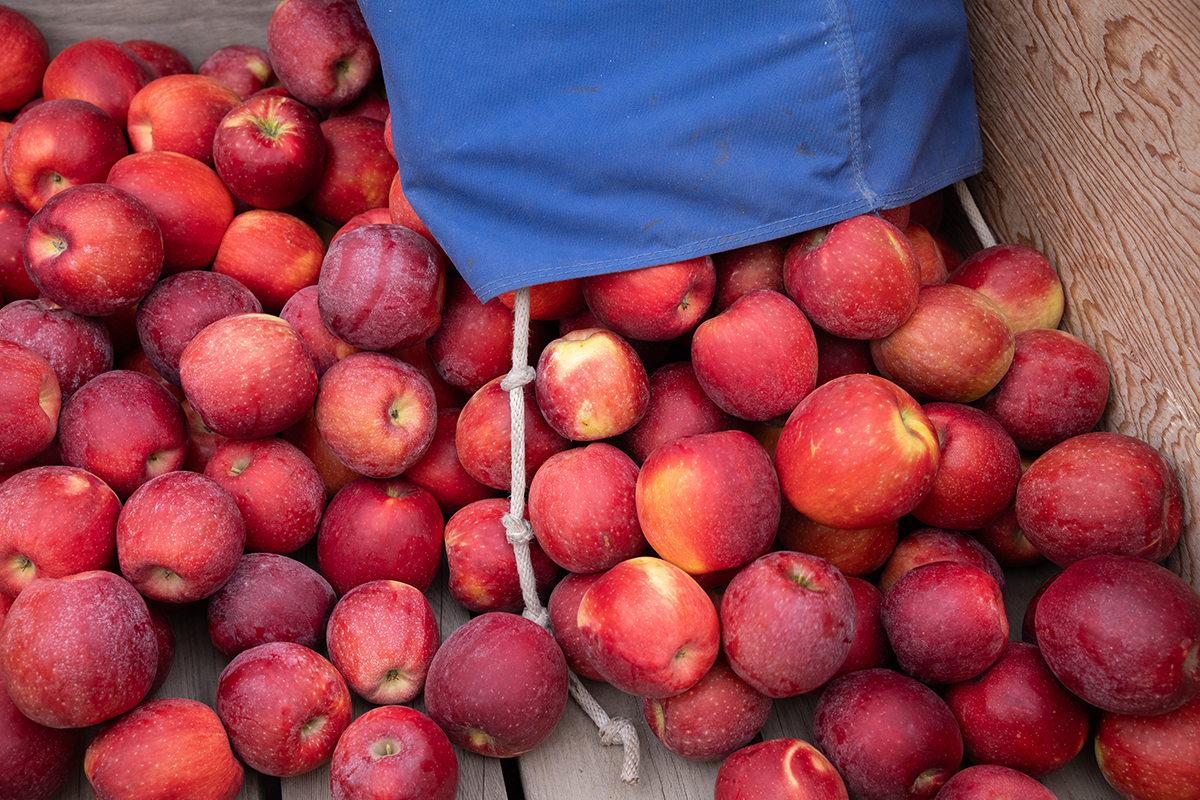
Promotions This Season
It goes without saying that a larger crop would provide ample opportunities for retailers to shine a spotlight on apples.
As shoppers often purchase apple varieties based on promotions, Gipe-Stewart suggests retailers use consumers' behavior to help boost sales.
“Since most consumers shop with ‘apples' on their list rather than a specific variety in mind, rotating the promoted apple can keep momentum going across the category,” she says. “This strategy not only helps sustain consumer interest but also ensures movement across multiple varieties throughout the season.”
Komstadius says this is a great opportunity for retailers to lean into displays, high-impact secondary placements in high-traffic areas and cross-variety promotions to encourage trial and repeat purchases as well as branded packaging to differentiate in a competitive produce aisle.
“Core strategies include multivariety promotions that drive trial and cross-purchasing, dynamic display bins and point-of-sale materials tailored to individual retailers, and targeted digital campaigns that connect with consumers before they even step into the store,” she says.
Don Roper, vice president of sales and marketing for Honeybear Brands, suggests retailers tap consumers' growing interest in health by touting the benefits of consuming apples, with high fiber, gut health benefits and what he calls “good mood” foods.
As the holidays near, it's always good to cross-merchandise apples with other items, he says.
“Shoppers are also inspired by cross-merchandising items like nuts, caramel dips and cheeses, and interactive or digital signage that encourages impulse purchases,” Roper says.
Bagged apple promotions will also be a great opportunity for retailers, Komstadius says.
“The heavier crop set has resulted in slightly smaller fruit this season, which opens the door for expanded bag programs where consumers already value convenience and value-driven options,” she says. “Smaller sizing also creates strong promotional opportunities at retail, helping to drive movement and support category growth.”
Orozco says River Valley Farms took a unique approach to bagged promotions around the holidays.
“Last year, we launched a ‘Reindeer Bag' just in time for the holidays, encouraging families to leave an apple out for Santa along with the cookies,” she says.
Komstadius says CMI plans multi-variety promotions around SugarBee, Kiku, Kanzi and EverCrisp along core varieties to help expand basket size.
Shales says retailers can see success with the apple category by creating the right mix in store. She suggests tying holiday and seasonal trends to apple categories can help drive sales. And taking advantage of crop opportunities with organics, club varieties, Cosmic Crisp and Honeycrisp will also help capture additional sales.
“The volume return on Honeycrisp should be a welcome sight, but last year proved that consumers are less price-sensitive to Honeycrisp than other apples and movement remain strong without steep price discounts,” she says. “Continuing to focus on Cosmic Crisp as a growing variety can help excel the variety and we're excited to work with retailers on displays that wow and strategies for success within their apple mix.”

